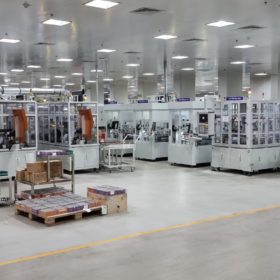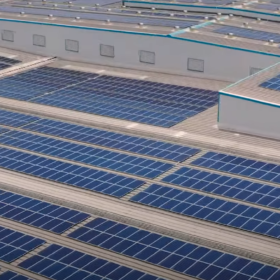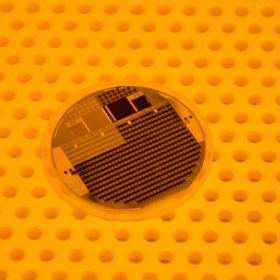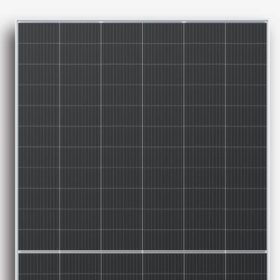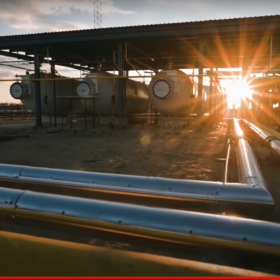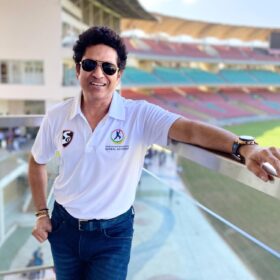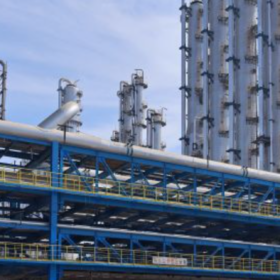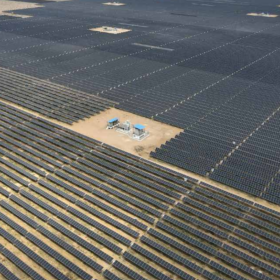Saatvik secures solar module supply order for Mauritius project
Indian PV manufacturer Saatvik Solar will supply 9.3 MW of mono PERC modules to Bharat Heavy Electricals for a PV project in Mauritius. The panels will feature multi-busbar and half-cut cell technology.
Nexcharge’s 1.5 GWh factory to make at least 150 storage products
Nexcharge will manufacture lithium energy storage products for electric vehicles and grid-based applications at its newly opened plant in Gujarat.
India installed 456 MW of rooftop solar in Q1
India’s rooftop solar installations increased by 34% year on year in the January-March period, despite a 17% increase in system costs.
Sharp presents 375 W rooftop PV module for gable roofs
Sharp’s new 375 W solar panels feature multi-wire technology, with a power conversion efficiency of 20.4%.
Fraunhofer ISE achieves 47.6% efficiency with III-V four-junction CPV cell
Fraunhofer ISE have improved the performance of a cell structure originally developed by France’s Soitec in 2014. The German scientists managed to reduce resistance losses and the reflection on the cell front side.
Risen launches 450 W rooftop solar module with 21.7% efficiency
The panel measures 1,894 mm x 1,096 mm x 30 mm, weighs in at 22.5 kg, and has a temperature coefficient of -0.34% per C.
Acme Group signs MoU with Japan’s NYK for ammonia shipping
The Indian sustainable energy company has signed an agreement with the Japanese ship operator to transport green ammonia from its projects to customers globally.
Waaree gets NCLT nod for Indosolar acquisition
India’s National Company Law Tribunal (NCLT) has approved Waaree’s acquisition of Indosolar, in a deal that will expand its planned PV cell production capacity from 4 GW to 5.4 GW, while complementing its upcoming foray into module manufacturing.
JA Solar supplies DeepBlue 3.0 modules for 225 MW PV plant
Chinese manufacturer JA Solar has supplied its M10 DeepBlue 3.0 modules for a 225 MW PV solar plant operated by JSW Energy in Karnataka. The modules have an efficiency rating above 21.0% and a power output of up to 545 W, with a 72-cell configuration.
Analyst predicts extent of rise in this year’s solar capital costs
Wood Mackenzie this week made a slew of predictions for the industry in 2022 and noted the effects the US’ recently announced anti-circumvention investigation is already having on utility scale plans.

